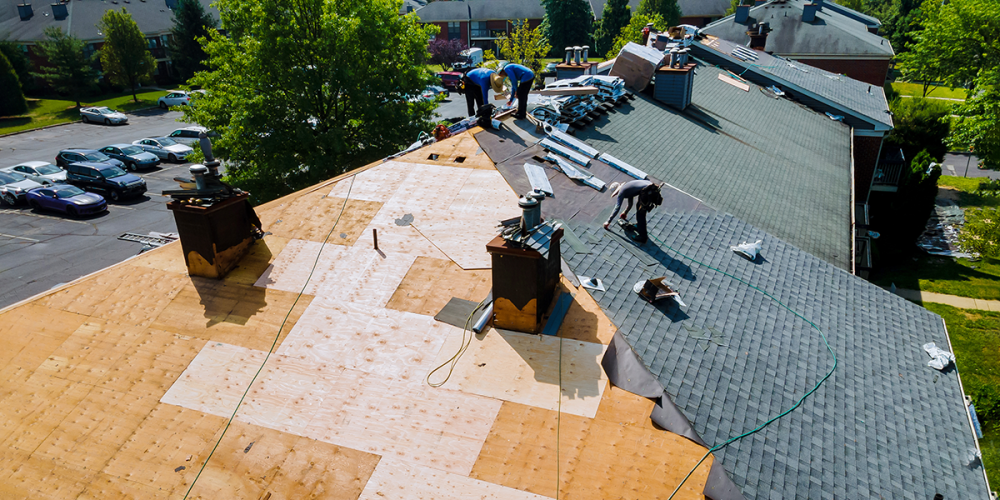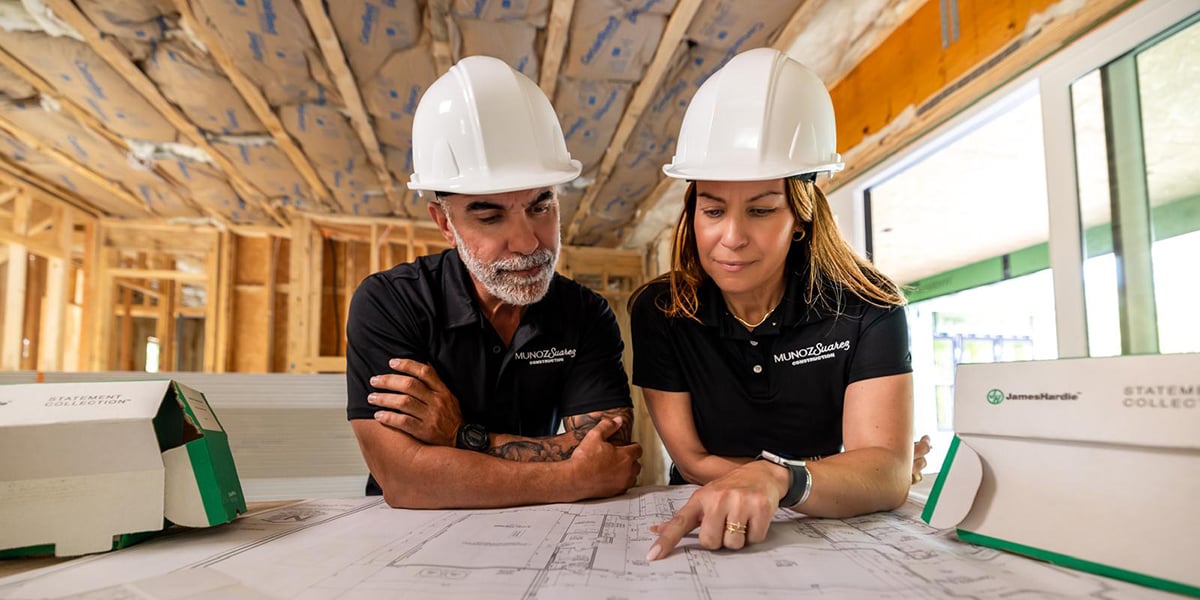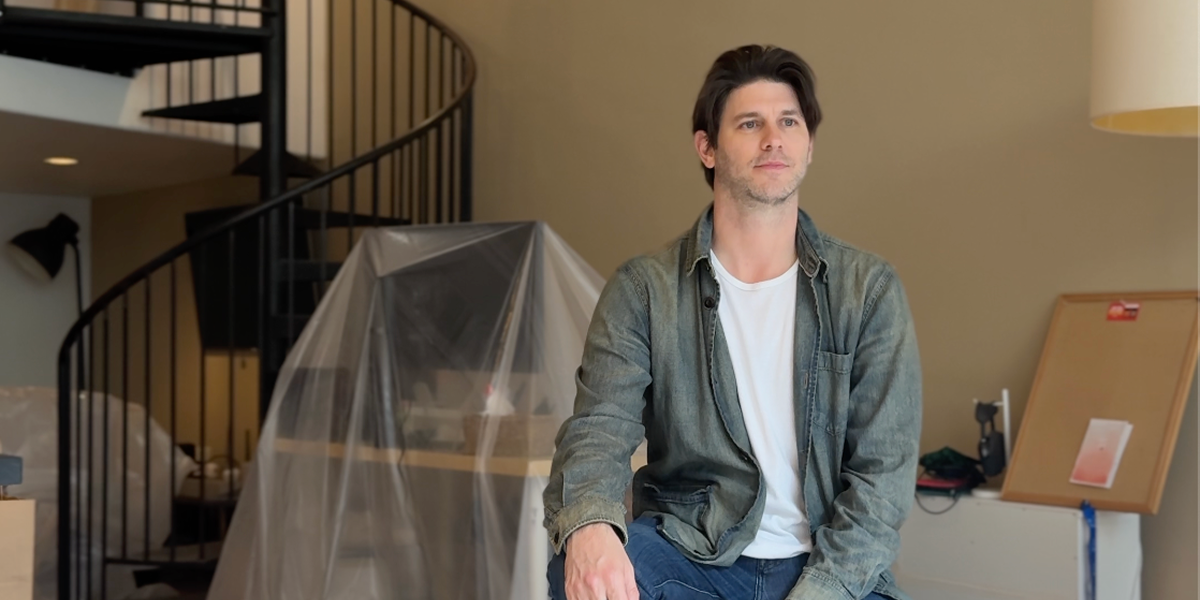A new roof is one of the biggest maintenance expenses of owning a home—it can cost up to $11,000. So if you’re looking to replace your roof, you’ll want to understand how long they should last and how frequently you’ll have to account for this cost.
To put it plainly, the average roof usually lasts around 25 to 50 years. The roof’s quality, durability, and type of material chosen play a considerable role in its lifespan, too.
Here we’ll look at all of those factors and how they can affect your roof’s longevity, and what you can do to ensure your new roof lasts as long as it should.
Roof’s Lifespan Based on Location
Sun exposure, massive weather events, and your location’s general climate are all factors in your roof’s lifespan. In the Southwest where there’s high heat and intense UV rays, your roof’s materials might experience faster degradation. This area’s monsoon season can also expedite the roof’s deterioration.
Major temperature swings also shorten a roof’s lifespan. Areas like the Northeast and Pacific Northwest, where temperatures frequently go from hot to cold, can cause splits and cracks in shingles.
Wind, hail, tornados, forest fires, and other massive weather events can add more harm to your roof. And while trees aren’t necessarily weather, they can become a problem in inclement weather, so be sure you’re aware of the trees around your roof.
Life Expectancy By Materials
Different roofing materials have different lifespans which could affect how soon you need to repair your roof. Additionally, some materials don’t work well in certain locations thus speeding up their degradation. So when choosing a new roofing material, you’ll want to consider its lifespan and your location.
Here is a quick breakdown of the nine popular roofing materials and their longevity:
- Asphalt: While affordable, asphalt shingles don’t last nearly as long as some of the other materials on this list, needing to be replaced every 20-30 years. Although some manufacturers say with proper upkeep they’ll last 50 years.
- Metal: One of the most durable roofing materials you can install, it can last up to 80 years.
- Wood shingles and shakes: In relatively dry climates, you can expect wood shingles and shakes to last up to 60 years. In damper climates, you’ll only get about 20-30 years out of them.
- Slate: It’s waterproof, fire-resistant, fungus, and mold-resistant, and it has been known to last up to 100 years! However, it can be expensive to repair, and it can break easily when walked on or if hit by heavy hail.
- Clay tiles: Although it’s an expensive material, it can last up to 50 years. Just be aware that this material will add a lot of weight to your home’s structure.
- Concrete tiles: Similar to clay, they’ll last around 50 years.
Rubber: Rubber is another very durable material, lasting over 50 years if properly maintained.
- Built-up roofing (BUR): Traditionally used for flat or low-pitched roofs, it lasts anywhere from 20 to 30 years.
- Composite shingles: They are an extremely durable roofing option that offers the highest impact and fire ratings and lasts up to 30 years.
Why Roof Type Matters
More often than not, it’s your location, roof’s materials, and roof type that determines its lifespan—not one or the other. Of all of the most common roof types, the ones with a low slope or pitch tend to need frequent maintenance. Flat or shed roof homeowners need to be more cautious of checking for water accumulation that could lead to leaks.
If your roof type isn’t suitable for your location’s weather, you might be needing to repair or fully replace your roof sooner than expected. For example, if you live in a hurricane-prone area in a home with a gable roof, you can expect a lot of wind damage.
Better Quality of Work Equals Longer Roof Life
Like most things in life, the better your roof’s been put together the longer it will last. If your roof has misaligned shingles, gaps between shingles, or a shoddy ridge cap, then you can be sure the lifespan of your roof dropped and you’ll need to get it fixed or replaced.
The other signs of a bad roofing job include a large hump in the middle of the roof, missing shingles, and overall sloppy workmanship. It can be very clear when previous roofing contractors took many, many shortcuts.
The material life expectancy listed earlier in this article is all in instances when installed correctly. And as you could see, if any of them are installed well, you’ll have a functioning roof for decades to come.
How HOVER Can Help
If you’ve determined your roof is in need of a replacement, you can use HOVER to visualize what a new roof would look like. By taking a few photos with your smartphone, you can get a fully scaled, interactive model 3D model and try out new shingle styles and colors. You can even order a HD render of any design that you create! When you share this with your contractor they can request our detailed exterior measurements report. This allows them to quickly provide precise pricing estimations and gets the project started efficiently.
With HOVER, you take the guesswork out of the process and are able to visualize your projects before they start.



